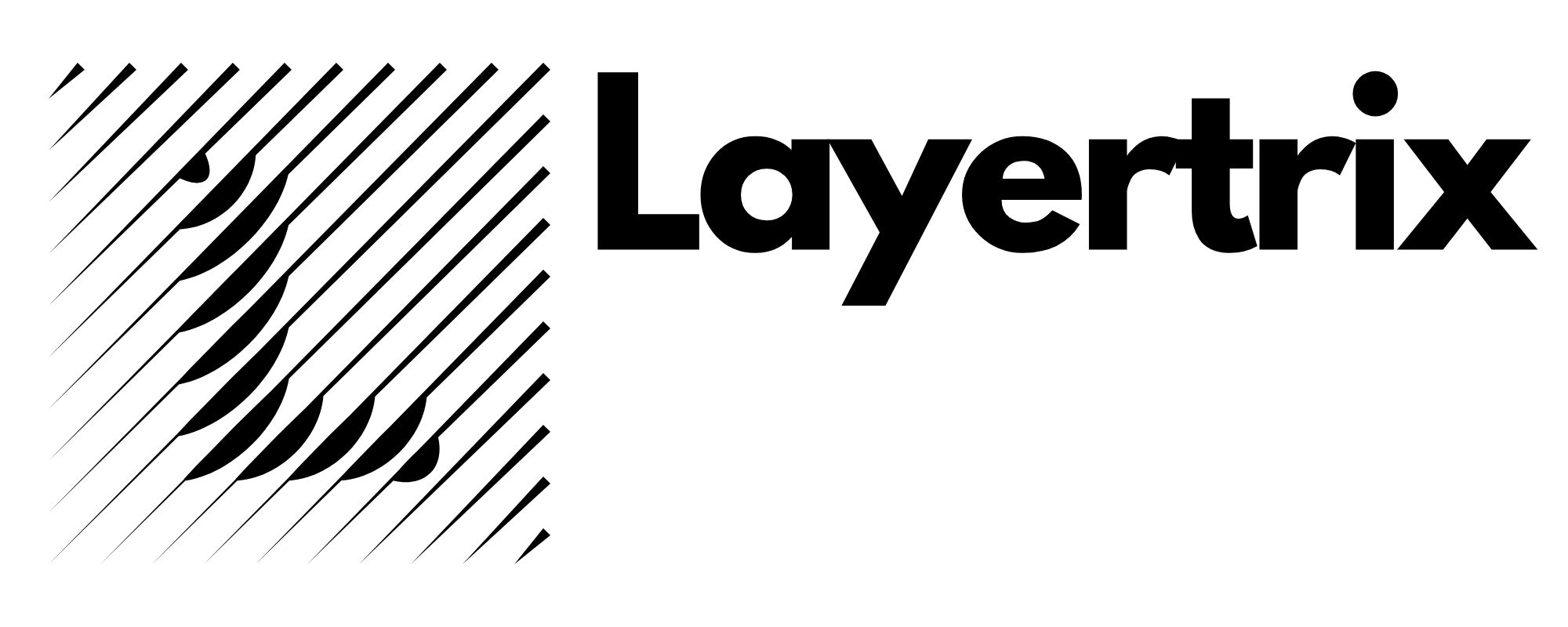Tutorials on Layered Design: Creating Functional Tech Solutions

Layered design is a fundamental principle in software and system architecture, providing a structured approach to organizing complex solutions. By dividing a system into distinct layers, developers can focus on individual components, improving maintainability and scalability. In this article, we will explore tutorials and best practices for creating functional tech solutions using layered design techniques. These methods will help guide developers in building organized, efficient, and adaptable systems.

The first step in creating a layered solution is understanding the different types of layers involved. In most applications, the design typically includes at least three core layers: the presentation layer, the business logic layer, and the data access layer. The presentation layer is responsible for user interaction, while the business logic layer handles the core functionality and processes. The data access layer interacts with the database or other data sources to retrieve and store information. By clearly defining the responsibilities of each layer, developers can ensure a more organized and modular architecture.

To implement this layered approach, tutorials often suggest starting with the front-end or user interface (UI) layer. This is where developers focus on making the application user-friendly and interactive. Popular front-end technologies such as HTML, CSS, and JavaScript frameworks like React and Angular are common tools used to build this layer. Tutorials for this layer typically cover topics like responsive design, accessibility, and creating seamless user experiences. Once the front-end is designed, the next focus is on ensuring smooth communication between the UI and the back-end system.

Moving on to the back-end layer, developers typically use server-side technologies like Node.js, Python (Django or Flask), or Ruby on Rails to create the business logic. Tutorials for back-end development often emphasize creating APIs, handling authentication, and ensuring efficient data flow between the front-end and the database. This layer is critical in managing core functionalities, such as user registration, data processing, and real-time updates. Tutorials also include best practices for structuring code, such as keeping business logic separate from data handling.

Lastly, the data access layer requires integrating database systems such as PostgreSQL, MySQL, or MongoDB. Tutorials for this layer guide developers in setting up databases, designing schemas, and optimizing queries. It’s important that the data layer communicates efficiently with both the business logic and UI layers to ensure that data is retrieved, updated, and presented seamlessly. As developers move through each tutorial stage, the layered approach becomes clearer, and they can begin assembling a functional, maintainable tech solution.
By following structured tutorials that address each layer individually, developers can create well-organized systems that are easy to maintain, scale, and improve over time. This approach not only streamlines development but also enhances the overall quality of the tech solution.


